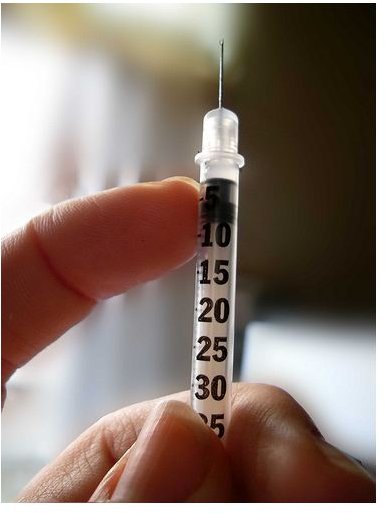The Potential Cons of Prolotherapy: Risks to Be Aware Of
How Prolotherapy Works
Prolotherapy, or proliferation therapy, is an alternative treatment method for pain, involving injections into connective tissue. Solutions are injected into tendons, ligaments, joint capsular tissue, muscle fascia, or cartilage with the intent of causing acute inflammation, and stimulating the body’s own natural healing process. The injections are a blend of mild chemicals, including some type of irritant, such as glucose, and a numbing agent, such as lidocaine.
Inflammation is the body’s response to injury and infection. It is a necessary means to proper healing and regeneration. Through prolotherapy injections, injured, vulnerable tissue is encouraged to efficiently heal. New collagen forms, and then tightens. The result is rejuvenated, and even stronger, tendons, ligaments, or other tissue.
Prolotherapy has the potential to be effective in the long-term, in cases where pain is derived from problems with connective tissue. Especially with the help of other non-invasive forms of alternative medicine, such as acupuncture and massage therapy, this may be the perfect solution for chronic sufferers of back pain, stiff joints, and other related conditions. It is important however, to be aware of prolotherapy risks and understand all the possible cons of prolotherapy.
Potential for Pain and Injury
Do prolotherapy injections hurt? Just like getting any other shot, it may hurt somewhat, especially in an area where pain is already present. Treatment does not however require the use of painkillers, although in rare cases intravenous anesthesia is used. Moderate pain is expected for a few days after injections. This is an inherent response to this form of treatment.
Is injury or infection possible? Yes, but these risks of prolotherapy are primarily dependent on the expertise of the physician. An experienced therapist should have no problem injecting a solution with a safe, clean needle, with no negative response. While infection is not likely, it can happen. Also, minor bruising, bleeding, or even an injury of the tissue or nerves can occur. This is why it is important to feel comfortable with a chosen doctor, and to monitor your body’s response.
Effectiveness
How effective is prolotherapy? Does is actually work? There has been minimal research on the effectiveness of this form of treatment, despite the potential for a viable solution to expensive and risky surgical procedures. One extensive review did find that it is effective, but only when used with other treatments, such as focused exercises and spinal manipulation.
Regardless of the need for additional therapies, prolotherapy is not an instant cure for back pain and other related conditions. It is a means to strengthen and renew damaged tissue. It takes multiple visits to a trained physician, over a period of several months. Despite the lack of research, established prolotherapist organizations, such as Caring Medical, report a very positive response from patients. Medical organizations, such as the American Association of Orthopedic Medicine, support the research and practice of proliferation treatment.
An Unique Form of Medicine
The biggest cons of prolotherapy have to do with the fact that this form of treatment is not accepted as a conventional remedy. Therefore, there is not enough research to support the practice, and there are not enough qualified therapists to provide services. Most people have never heard of prolotherapy, and even sufferers of very serious chronic back pain are unlikely to learn about this treatment option from their conventional physician.
A very alternative practice, despite its promising results, it is rarely covered by insurance companies. As it is not taught in regular medical school, there are not many doctors who know how to give injections, or are even familiar with treatment. Prolotherapy is not something any doctor can do; it takes an in-depth knowledge of the human body and formal training. It is therefore not that easy to find an excellent, trained prolotherapist in many areas.
As more people do experience the positive results of this alternative therapy, there will be more information available. Until then, patients are left to seriously consider inherent prolotherapy risks, and to research trained physicians for experience and expertise on their own.
Resources
“Diagnose-Me: Treatment: Prolotherapy” https://www.diagnose-me.com/treat/T85233.html
Swanson, Jerry W., M.D. “Prolotherapy: An effective treatment for lower back pain.” (Mayoclinic) https://www.mayoclinic.com/health/prolotherapy/AN01330
Hauser, Ross A. M.D. “Risks with Prolotherapy.” (Prolotherapy.org) https://www.prolotherapy.org/prolotherapy/risks-with-prolotherapy
Photo Credit
photo by: Sarah G. (CC/flickr) https://www.flickr.com/photos/dm-set/3846819118/
Disclaimer
Please read this disclaimer regarding the information you have just read.
This post is part of the series: Prolotherapy
Learn about prolotherapy, an alternative treatment method for pain. A unique form of medicine, few people know exactly what it is, what the cons of prolotherapy are, and the healing benefits. Learn the background, the controversy, and the potential.
